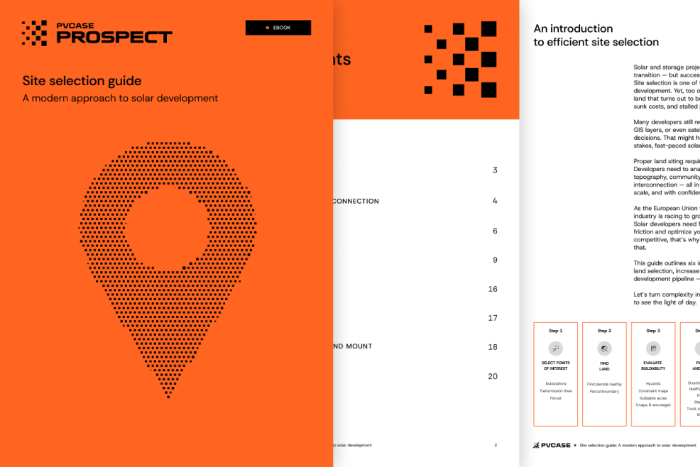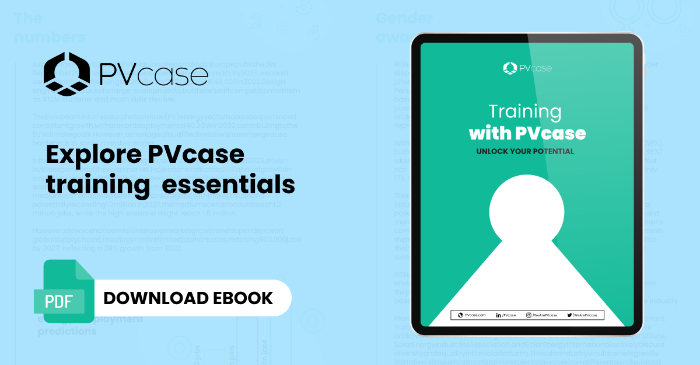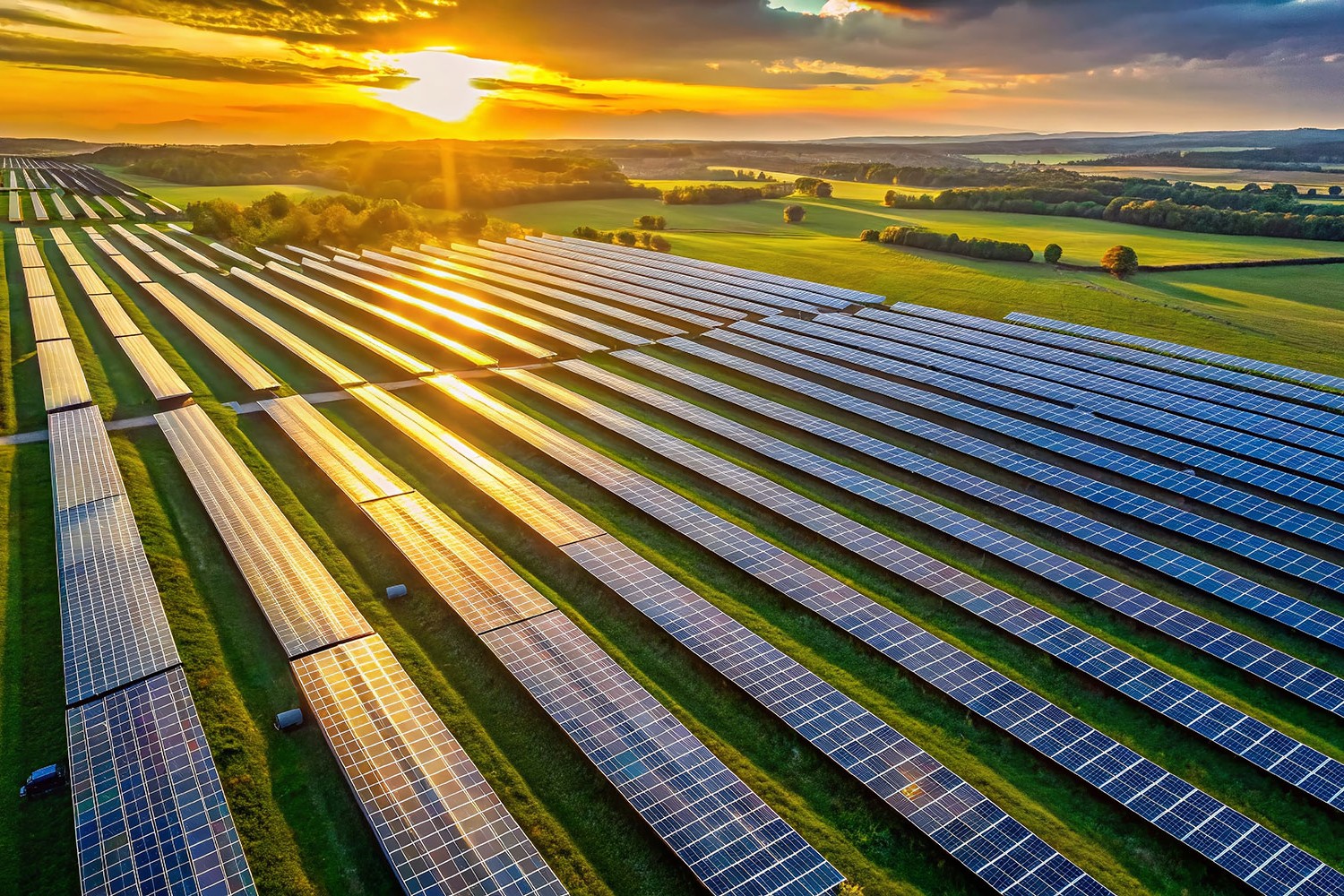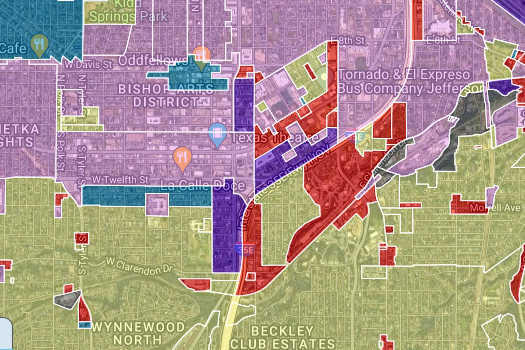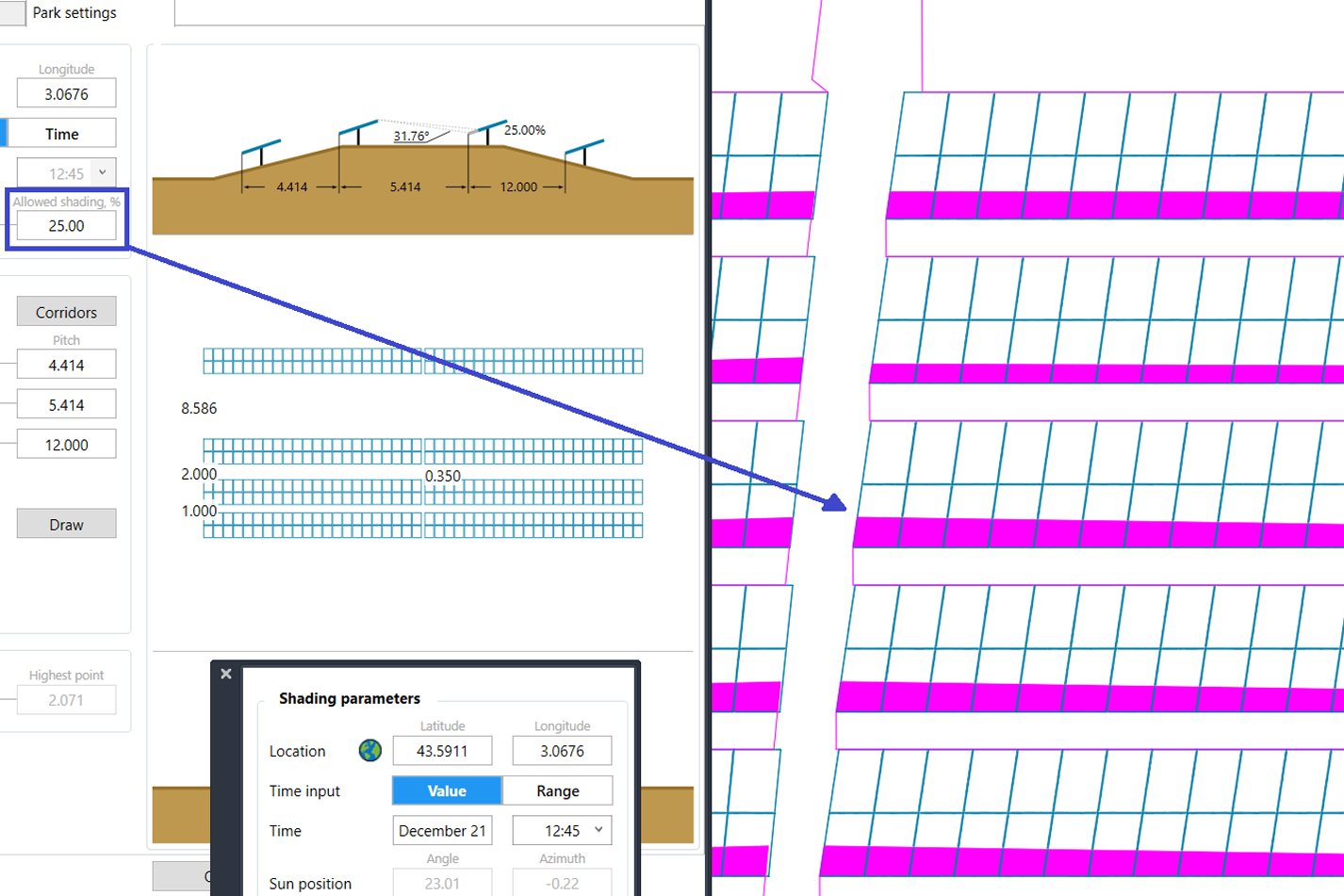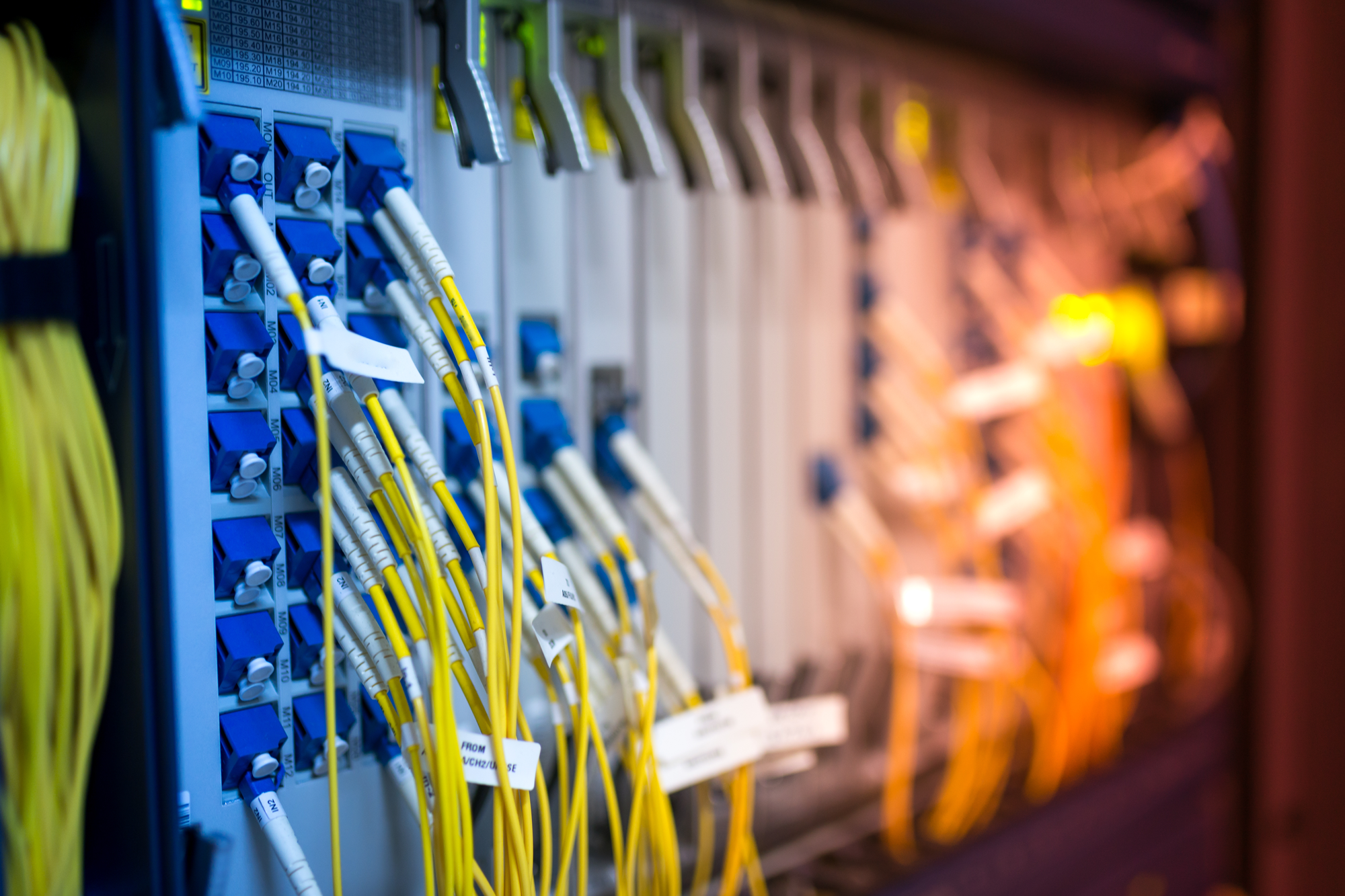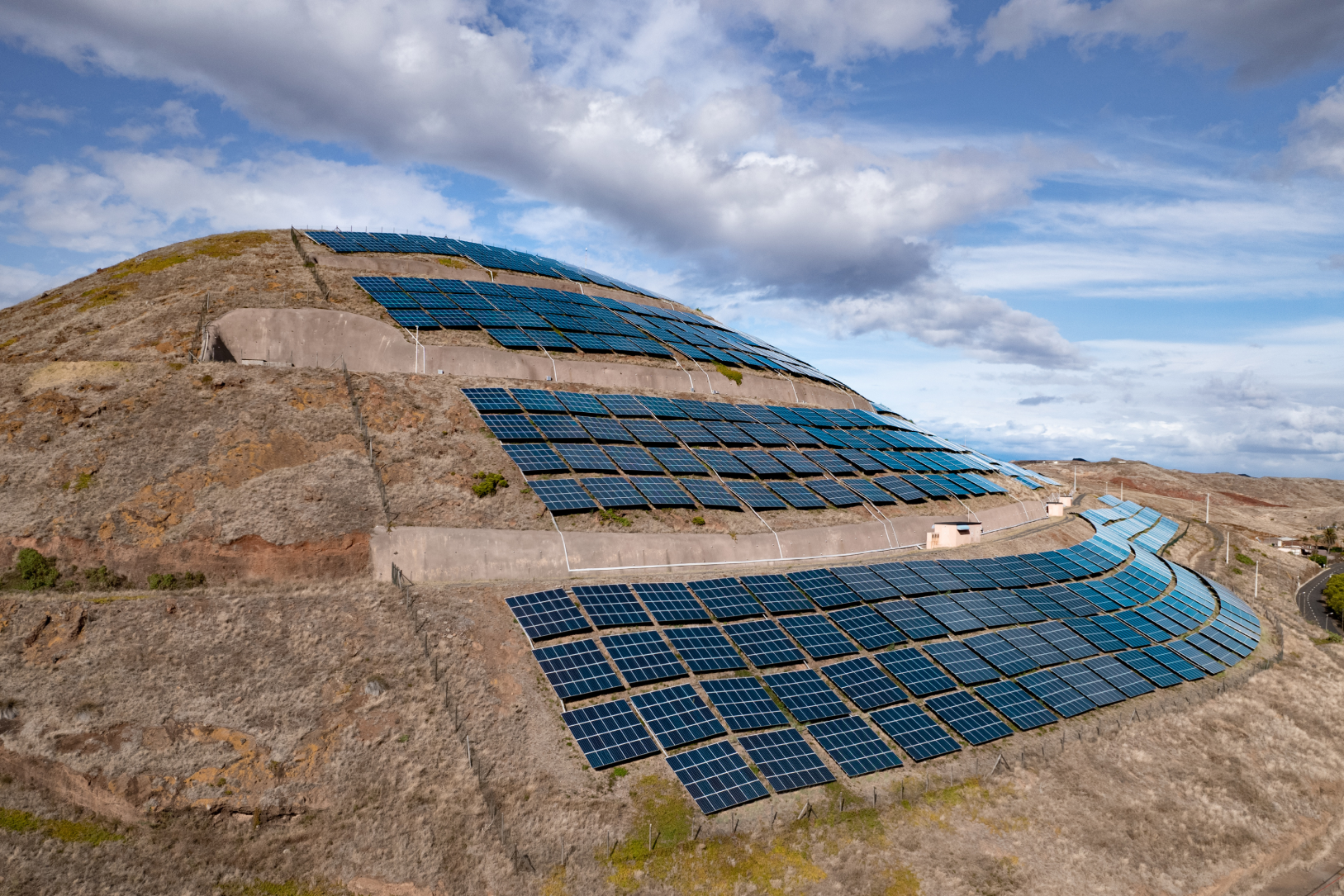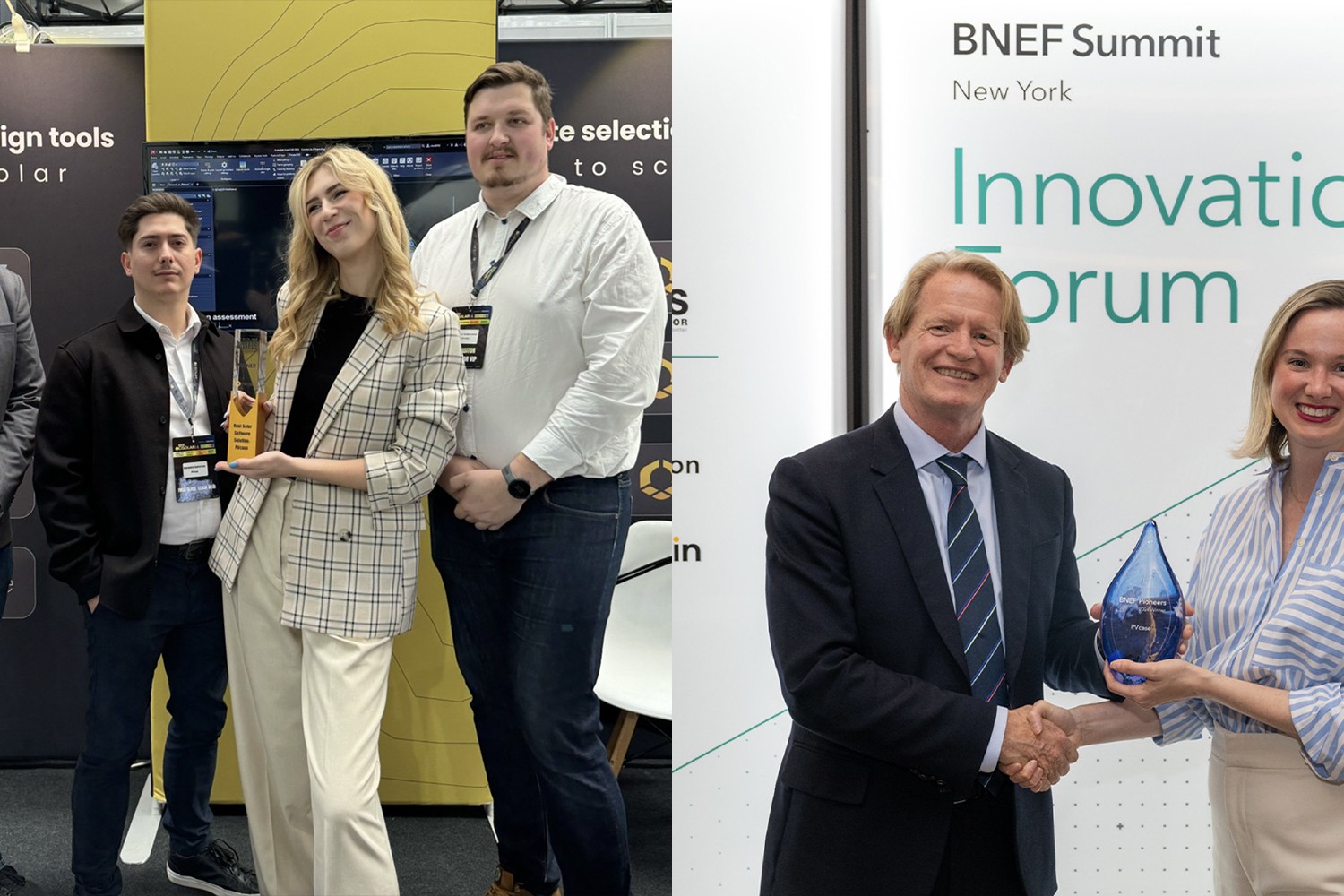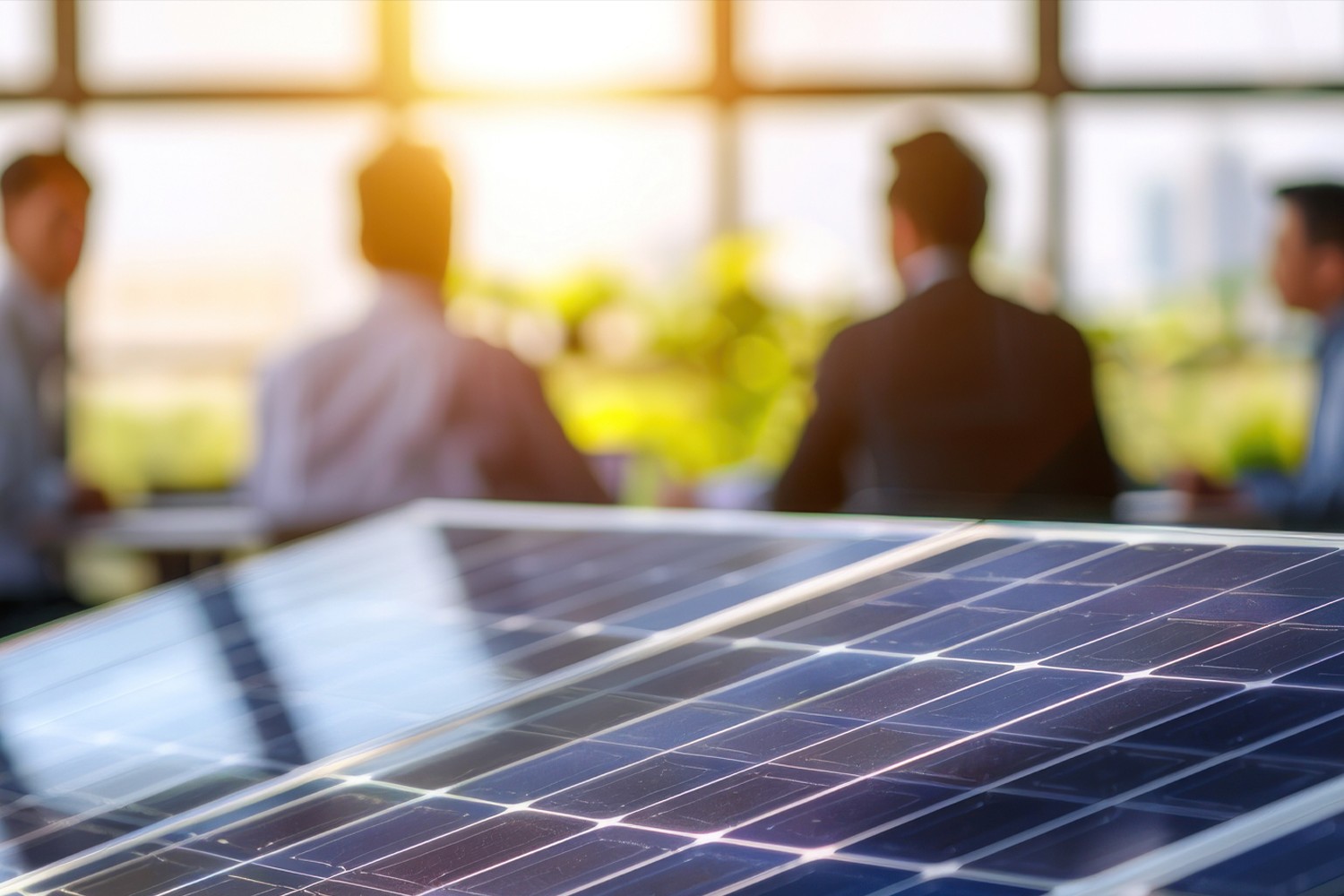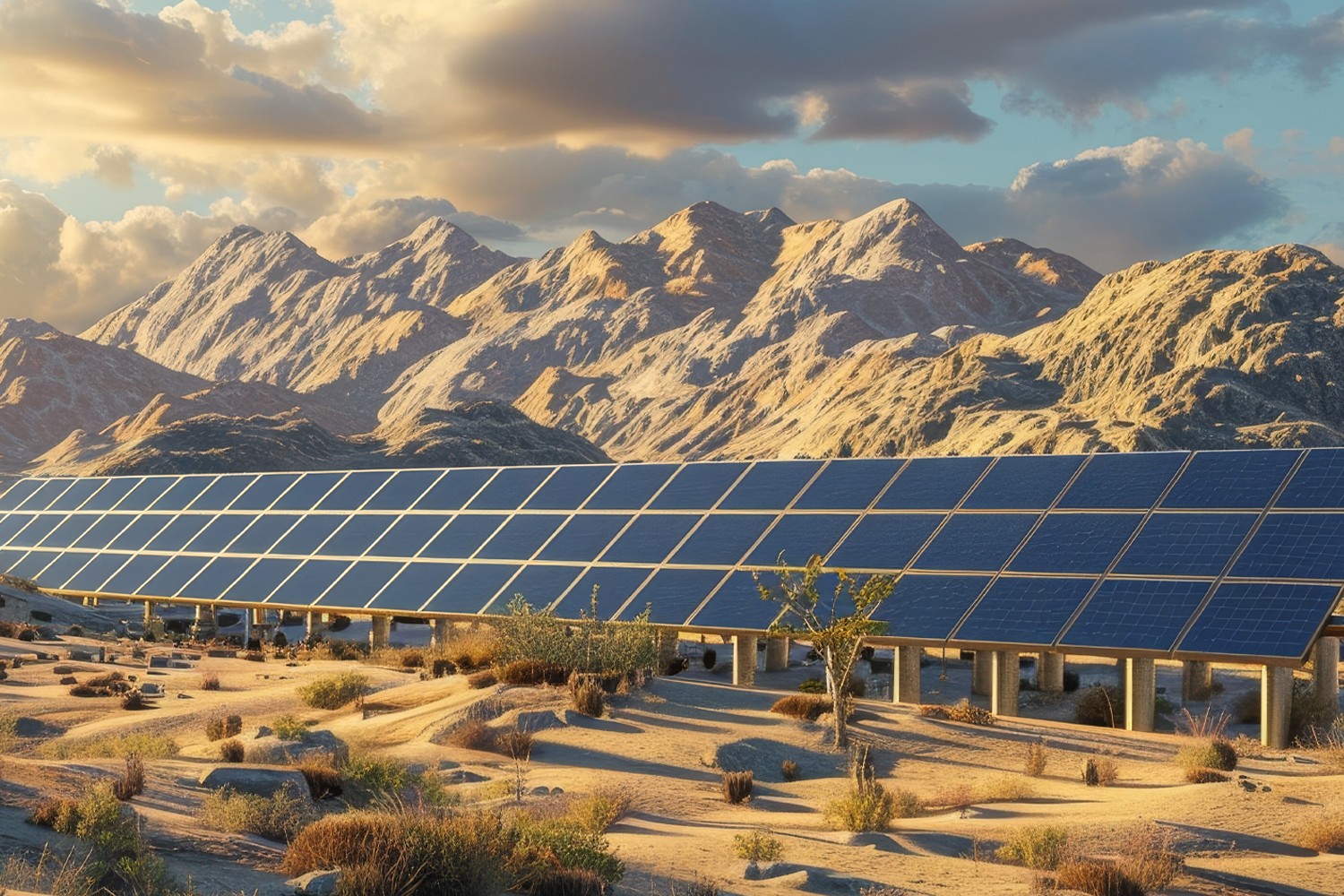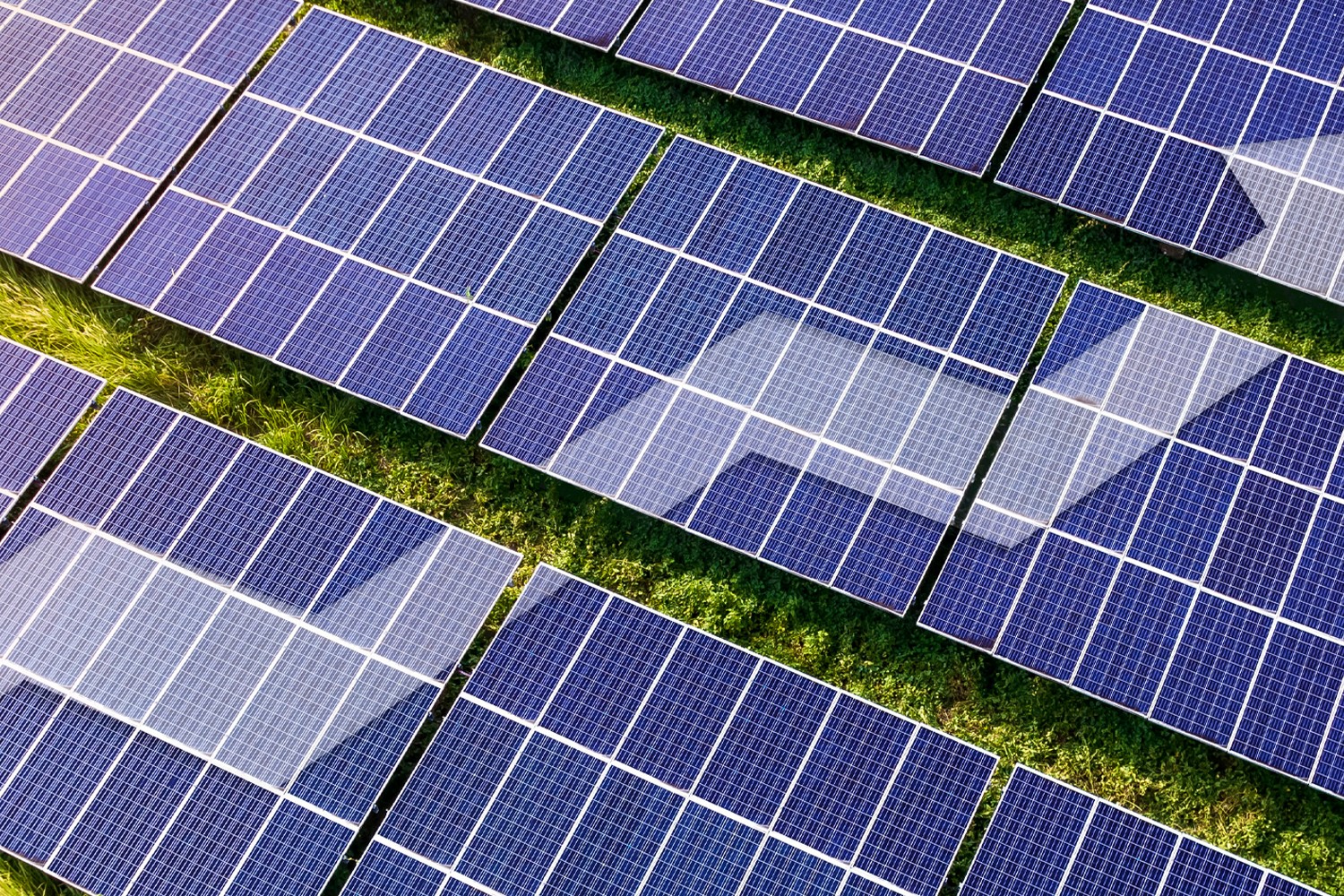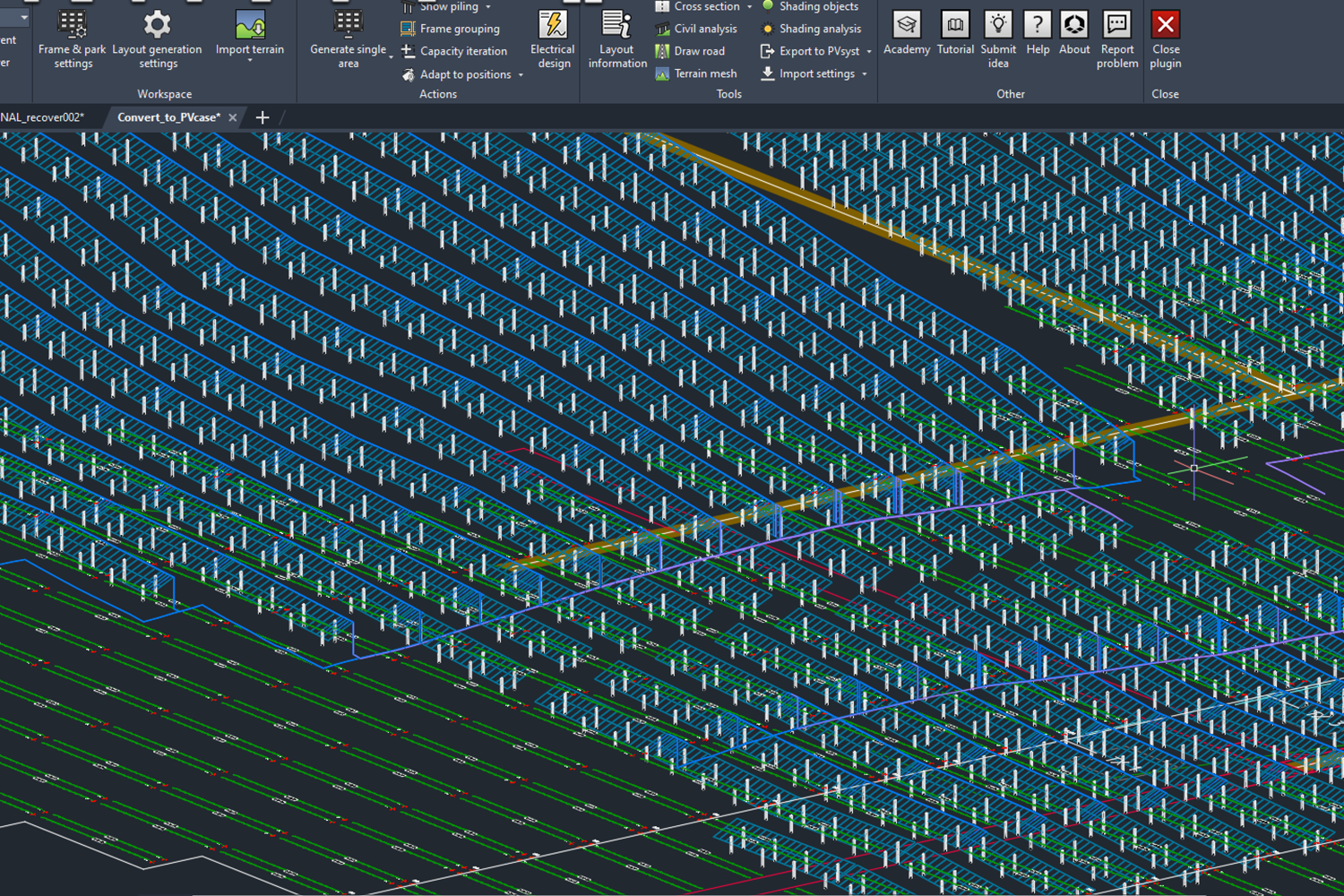As the realities of climate change and environmental degradation continue, it’s clear that a sustainable future is desirable and necessary. However, renewable energies, though a good alternative to reliance on fossil fuels, are not without their own challenges. High costs, efficiency challenges and waste production are all consistent hurdles to widespread adoption of renewables. For these reasons, using a design framework that takes all of these components into account is essential.
Systems thinking is one way of doing so. This concept involves emphasizing the big picture and examining how all aspects of a project interact with and impact one another. In the case of clean energy production, systems thinking considers how the energy is generated, stored and used, and how any waste associated with this process is managed. It could also involve conserving resources to reduce environmental impact and considering how sustainable energy products impact local communities.
In this way, systems thinking can provide long-lasting sustainability solutions to some of our most pressing environmental problems. Let’s look at how this design framework can be used effectively for designing energy systems.
Sustainability problems to overcome
As previously mentioned, sustainability isn’t an easy solution by any means. There are several obstacles in the way of achieving 100% clean energy. Some of the challenges include the following:
- Intermittency and variability: Wind and solar energy are dependent on weather conditions. The intermittency and variability of renewable sources can challenge the continuous delivery of power to the grid.
- Cost-effectiveness: While the cost of renewable energy technologies has significantly decreased over the years, there are still considerations regarding the economic viability of large-scale implementations. Initial setup costs, maintenance and the need for backup power sources can add up.
- Environmental impacts of equipment production and disposal: The production of renewable energy equipment requires significant resources and energy. Additionally, end-of-life disposal of these pieces of equipment can lead to waste management issues.
- Existing structure of the national power grid: The current power grid was designed for centralized, fossil fuel-based power generation. Integrating renewable energy into this existing structure presents challenges related to grid stability and the need for storage solutions.
These challenges are significant, but with careful design and innovative technology they may yet be overcome.
Technological limitations vs. design challenges
When it comes to renewable energy, there are two primary routes to improving effectiveness:
- Enhancing the fundamental technology itself.
- Optimizing the system design using the existing technology.
Consider two basic examples of these principles that apply to solar power plant design. The first is about the fundamental technology — the photovoltaic (PV) cells that convert sunlight into electricity. A calculation known as the Shockley Queisser Efficiency Limit sets a theoretical maximum efficiency for PV cells at 33%, meaning that one-third of the sun’s radiant energy can be turned into electricity, at best. Raising this limit and inventing a solar cell with higher efficiency would be an example of technological improvement.
The second approach is about improving design to work with existing technology. Consider a hilly plot of land designated for a solar farm. It may not be possible to angle every solar panel toward the sun due to the terrain. However, carefully planned ground grading can improve the layout of the array, and motorized tracking systems can turn the panels to follow the angle of the sun throughout the day.
Improving basic technology
The efficiency and effectiveness of any renewable energy systems heavily rely on the quality and productivity of the underlying technology. Both hardware and software shape the performance of these systems. For wind energy, one avenue for improvement lies in the design and materials of wind turbines. For instance, advancements in turbine blade design can lead to more efficient capture and conversion into electricity.
When it comes to solar energy, advancements in PV cell technology can improve the efficiency of solar panels. With new materials and designs like perovskite solar cells, we’re seeing even higher conversion efficiencies than traditional silicon-based cells. And, thanks to enhanced computing power and automation capabilities, intelligent solar design software can help operators better optimize and manage solar power production.

Improving system design
Even within the bounds of existing technology, a lot can be done to optimize the performance of systems through smart design. For instance, bifacial solar panels can absorb sunlight from both sides and significantly increase the energy yield. By capturing light reflected off the ground or nearby surfaces, these panels can generate more electricity than traditional, single-sided panels under the same conditions.
Other examples relate to wind power design, such as placing wind turbines in a calculated layout that allows each turbine to harness the wind wake of the turbine in front of it. This is a clever technique revealed by advanced methods that improve the output of wind farms without investing in any new equipment.
Becoming more sustainable through system design
When it comes to improving the sustainability and performance of energy investments, waiting for technological advancements is not the only solution. Leaders can make significant strides by optimizing system design and employing smart management tactics.
Optimizing for efficiency
Design is a major player in optimizing energy capture and minimizing losses throughout an energy facility’s lifecycle. For example, designing more durable solar panels or making solar panels from recycled materials can reduce the overall impact of a solar plant and produce less waste.
As another example, solar plant design software can improve reliability by accurately analyzing a site before construction, predicting environmental factors that may impact efficiency and optimizing design in ways that will maximize the output and lifetime of the plant.
Choosing the right materials
Materials that can serve their purpose for a long time without needing to be replaced are best for sustainable designs. Using durable, eco-friendly materials in construction can cut back on the environmental impact of renewable energy systems and contribute to resource conservation. In addition, designing adaptable systems that can be upgraded with software instead of equipment replacements can enhance the longevity of an installation.
Planning for longevity and adaptability
Design can also extend the lifespan of infrastructure and facilitate future upgrades for long-term sustainability. For instance, self-cleaning solar panels reduce the need for regular maintenance, reducing ongoing costs and extending the panels’ lifespan.
Likewise, modular wind turbine designs allow for easy component replacement or upgrading, ensuring the turbines remain efficient and relevant as technology advances. Similarly, designers can simulate future changes using a digital twin, which is a virtual model of an actual facility that enables experimentation with hypothetical scenarios.
Considering local perspectives
“Power to the people” isn’t just an expression; it’s an essential element when designing and implementing renewable energy systems. An inclusive design that considers the local community’s specific needs ensures that energy projects are environmentally sustainable and socially equitable.
Promoting sustainable development through community engagement enhances project sustainability, acceptance and long-term management. It leverages local resources and knowledge, fosters ownership and improves outcomes.
Moreover, community engagement allows for open communication between developers and the local community, promoting transparency and trust. This helps prevent conflicts or concerns arising from a lack of information or understanding about the project.
Systems thinking in sustainable design
When tackling complex global challenges like climate change, systems thinking is key. The framework considers all the aforementioned aspects and approaches problems from various angles. Traditional linear or reductionist thinking might not cut it for large-scale issues. Systems thinking adopts a dynamic, multi-pronged approach that considers broader patterns, structures and cycles.
Overall, systems thinking helps create better and long-lasting solutions by looking at how energy, materials and community all relate to each other. It also supports future-oriented and long-term sustainability initiatives. So, as we move towards renewable energy, let’s remember the importance of looking at the whole system to make truly sustainable choices.
You might also be interested in:
March 26, 2025
PVcase Yield product guide: revolutionize solar energy modeling with advanced technology
Download PVcase Yield product guide and discover how PVcase Yield is transforming solar energy modeling with its advanced digital twin technology and physics-based simulations.…
March 25, 2025
The impact of Zoning Data on strategic site selection
Zoning Data encompasses the information used by local governments to classify land use. Learn how this new addition to PVcase Prospect enables solar developers to choose a project…
March 24, 2025
PVcase’s spring product updates: what’s new
PVcase and HeatSpring offer a new training bundle on utility-scale solar engineering for solar designers and engineers.
March 5, 2025
Why fiber data is non-negotiable for data center site selection
Discover why integrating fiber data into your data center site selection process is crucial for reducing costs, accelerating deployment, and improving network resilience.
February 20, 2025
PVcase Ground Mount wins G2 2025 Best CAD & PLM Software award
PVcase and HeatSpring offer a new training bundle on utility-scale solar engineering for solar designers and engineers.
February 18, 2025
PVcase partners with HeatSpring for advanced utility-scale solar training
PVcase and HeatSpring offer a new training bundle on utility-scale solar engineering for solar designers and engineers.
February 3, 2025
Solving ground mount solar design challenges. A guide by engineers, for engineers
Download our e-book for expert insights and actionable solutions to the common pain points you encounter in your day-to-day work, and start taking back your development time.
January 15, 2025
Award-worthy solar software: PVcase’s impact in 2024
Explore how PVcase's award-winning product suite is combating climate change through innovative software and what achievements were recognized the most.
January 14, 2025
Top 10 questions asked during the PVcase Digital SmartUp’24 — answered
Customers ask, we answer — read the article to find answers to the top 10 most asked questions at the exclusive PVcase Digital SmartUp'24 event.
January 10, 2025
Developing solar projects on challenging land
Solar developers face fierce competition, congested grids, and a shrinking pool of ideal sites. What's the solution? Read and and learn how to develop on challenging land instead.
December 12, 2024
Why Locational Marginal Pricing (LMP) data is essential for solar development?
Locational Marginal Pricing (LMP) data helps solar developers forecast profitability, minimize financial risk, and optimize site selection. Let’s break down what LMP data is, its…
December 11, 2024
PVcase product updates — November highlights
With PVcase November updates, you can achieve faster, more accurate results today — no need to make them your New Year’s resolutions. Dive into the major updates from the PVcase…
December 9, 2024
The importance of quality GIS data for solar site selection
Discover the impact of high-quality GIS data on solar site selection. Learn how parcel data, grid capacity, and LMP data optimize solar project development, reduce risks, and…
December 2, 2024
Consequences of extreme weather events: can we still afford it?
Floods, hurricanes, wildfires — whether we want them or not, extreme weather events have become the new normal. This year alone, there have been 24 billion-dollar weather…
November 14, 2024
Fail fast, succeed faster: the developer’s guide to streamlining solar projects with early-stage development software
Discover how solar developers thrive by adopting the 'fail fast, succeed faster' approach. Explore the role of early-stage development software, such as PVcase Prospect, in…
